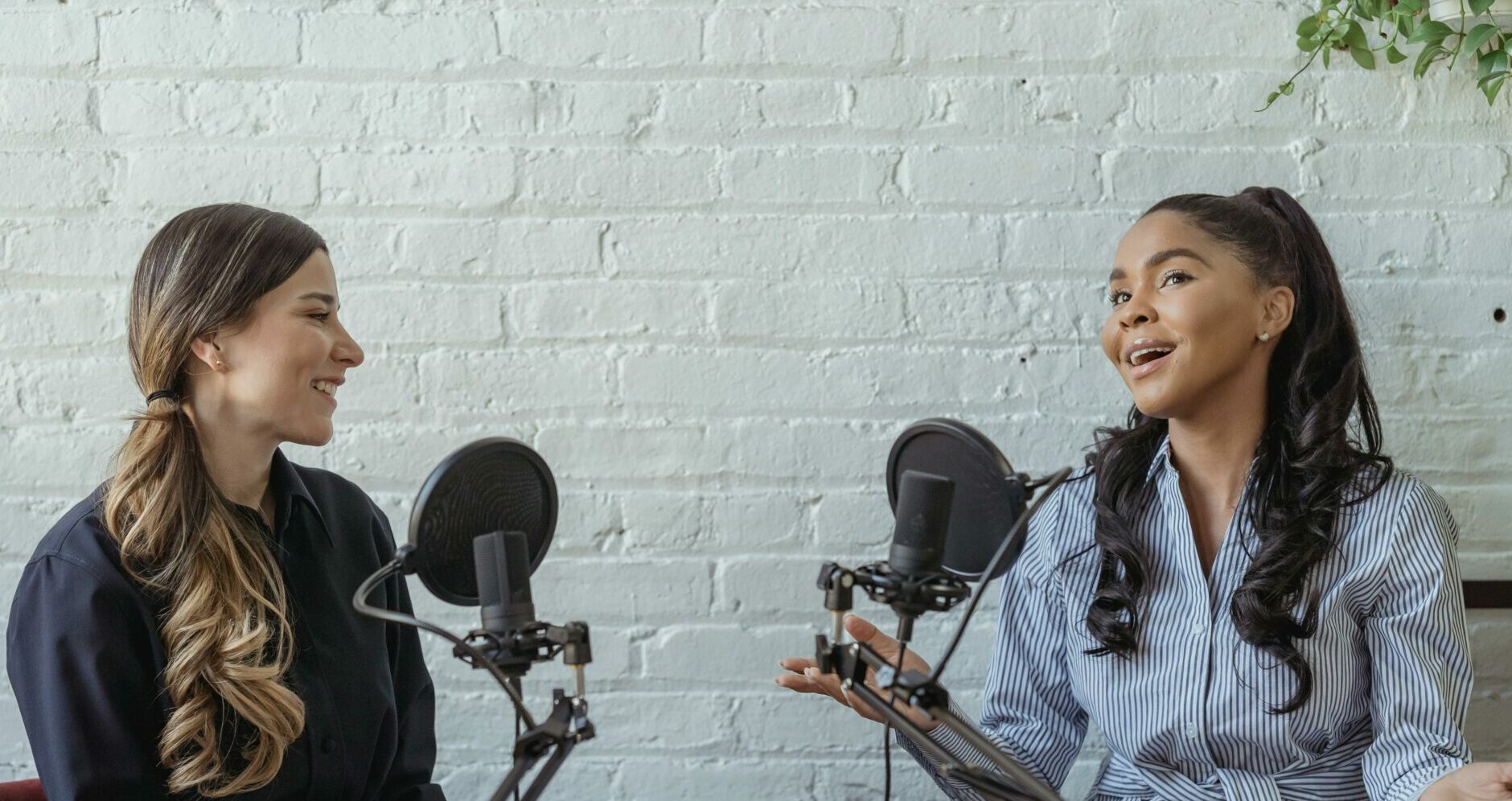Every journey, physical or metaphorical, starts with one basic question: How do I get there from here? That’s a question that faces us at Collective Content every day.
When it comes to content, interviews are often the answer.
Interviews allow you to gain both subject matter expertise and to find the heart of the story. The information gathered from an interview – or interviews – can be the difference between content that engages and persuades your audience and content that’s just more of the same old same old. This blog, while not exhaustive, will give you a few tips on how to get the most out of interviewing for blogs, case studies, videos, podcasts and anyplace else you need an expert’s voice.
How to conduct a good interview
Good interviews come from good preparation. Follow these steps to get things in order:
Know what you want to say (and ask): The first step to a good interview is knowing what kind of story you want to tell and what kind of information you’ll need. What you need from the interview will depend on the length of the piece you’re working on, the nature of the piece (case study, technical explainer, white paper, etc.), the intended audience (technical, non-technical, management, finance, general public, etc.) and what you want to accomplish.
Identify the best person to interview: Once you know what you want to say in the story, figure out who is the best person to interview. It may not be the most senior person on the team or project. You may want a more ground-level view. You also want someone who can express themselves reasonably well, though that depends on what you’re doing. If the interview is to provide information and a few quotes for a case study or article, it doesn’t matter if the subject is very confident. If you’re going to be presenting the interview as a video or a podcast, you may want someone who can speak more smoothly.
Brief interviewer and interviewee: You need to brief both the interviewer and the interviewee. The interviewer needs to know the goal of the interview, the length of the finished piece, how long they have to conduct the interview and the basics of the product, service, project or event they’ll be writing about. If you’re conducting the interview yourself for an internal blog, newsletter or video, you’ll already know the details. If you’re hiring us to do the work, providing a brief means that we can get your work done more quickly and ensure that it is on target. Once briefed, the interviewer should produce an agenda for the interview, stating the focus and including questions they intend to ask. For a 60-minute interview you’ll likely only need 12 questions. Avoid yes/no questions. Leave room for the interviewee to naturally expand on their answers.
Now that you’ve prepared yourself and your interviewee(s), it’s time to start the interview. Note that we’re talking about a live interview.
Be a good host: Whether the interview is at your office, their office, on a video call or by telephone, consider yourself the host. It’s your role to put the interviewee at ease. You’ll guide the interview and make them feel this is a good use of their time.
Start easy: Don’t jump right into the interview questions unless time is very short. You should start with some pleasantries. This is a good time to mention if you read a blog that they posted or watched a video on the company website. A comment or question that shows you’ve been doing your homework demonstrates that you’re taking this seriously. Once you’ve had a bit of chitchat, briefly explain the purpose of the interview, how it will be used and what you’re hoping to find out in the interview.
Be structured but flexible: You provided the interviewee with a list of questions (or at least a short agenda) for the interview for two reasons: One, so they could be prepared with the information you’ll need. It’s much better than them saying “I don’t have that right now, I’ll get back to you.” Two, so there’s a path to guide you through the conversation. You should not, however, stick strictly to the question list. When they give you an answer, follow up any interesting points for more details or new information. This is the real value of a live interview, that you can draw out the really interesting parts that you – and possibly the interviewee – don’t even know are there. Once you’ve followed those new threads, you can check back on the list for the next conversation starter. A good interview should feel like a conversation, but with a goal.
Wrap it up with style: Be conscious of time. You never want to run over the allotted time. The interviewee has other things to do. When you’re five minutes from the end, acknowledge to them that you know the end is coming. Something like “We’re approaching the end of our scheduled time and I want to give you a chance to share any additional thoughts. Is there anything you wanted to say that hasn’t come up yet?” This shows you respect them and their time, and it can sometimes get you a surprising or revealing detail for the piece you’re working on. If the interviewee says they have some more time to spare and you do too, you can continue – but only if they offer it. When time is up, thank them for their time and their knowledge. Acknowledge how much they have helped you. Then explain the next steps, the schedule, if they’ll get a copy of the draft to comment on and so forth.
If you’re doing an audio or video interview for a podcast or video, the basic principles mentioned above still apply, but you’ll want to discuss the backend stuff such as scheduling off camera.
We’ve been talking about conducting live interviews, which we strongly recommend. If you must do an email interview, you can’t be sure who is actually doing the answering. Is it the senior executive or subject matter expert you wanted, or an intern simply repeating boilerplate talking points? Even if it is the right person, you are unlikely to get more than two or three rounds of questions – often less. You miss the natural ebb and flow of conversation. It can get you some useful information, but you don’t get the follow-up opportunities that can result in some great quotes or insights. Email interviews should be a last resort.
Interviewing is an art, and every interviewer works differently and has their own style. But the best ones respect their interviewee’s time and expertise. There is a wealth of subject matter expertise available for you to draw on for your marketing content if you just ask the right questions.
If you’d like to learn more about how Collective Content can help you use interviews to create better content, please contact us.








